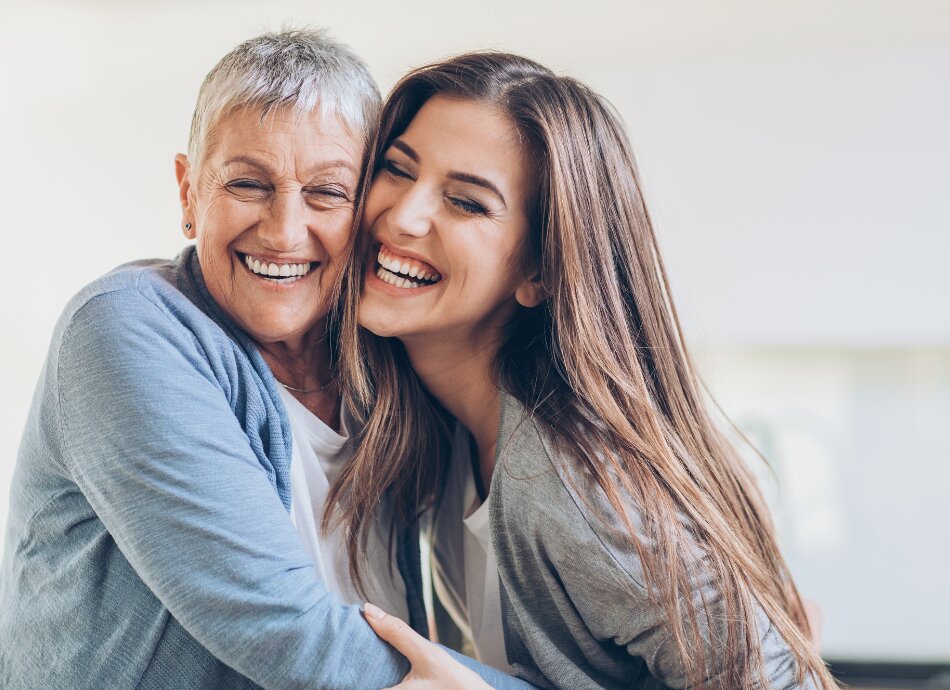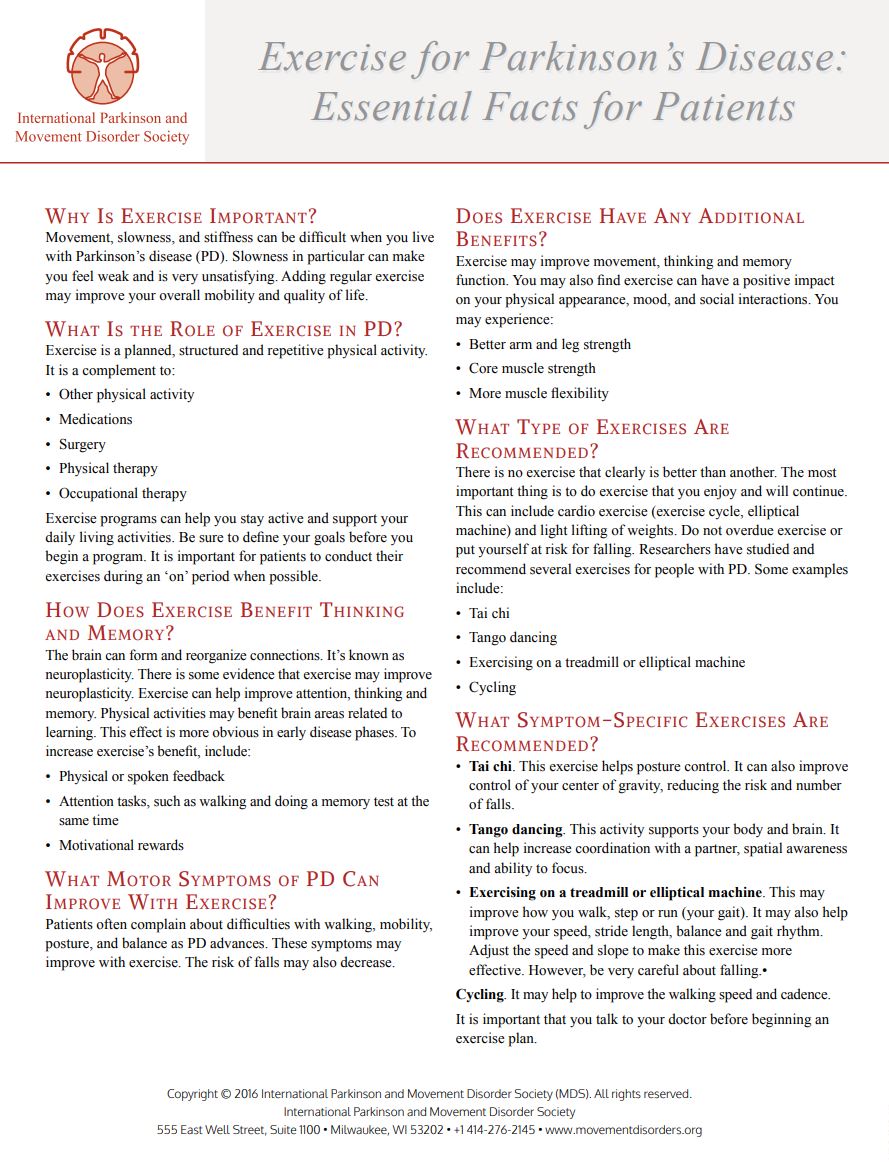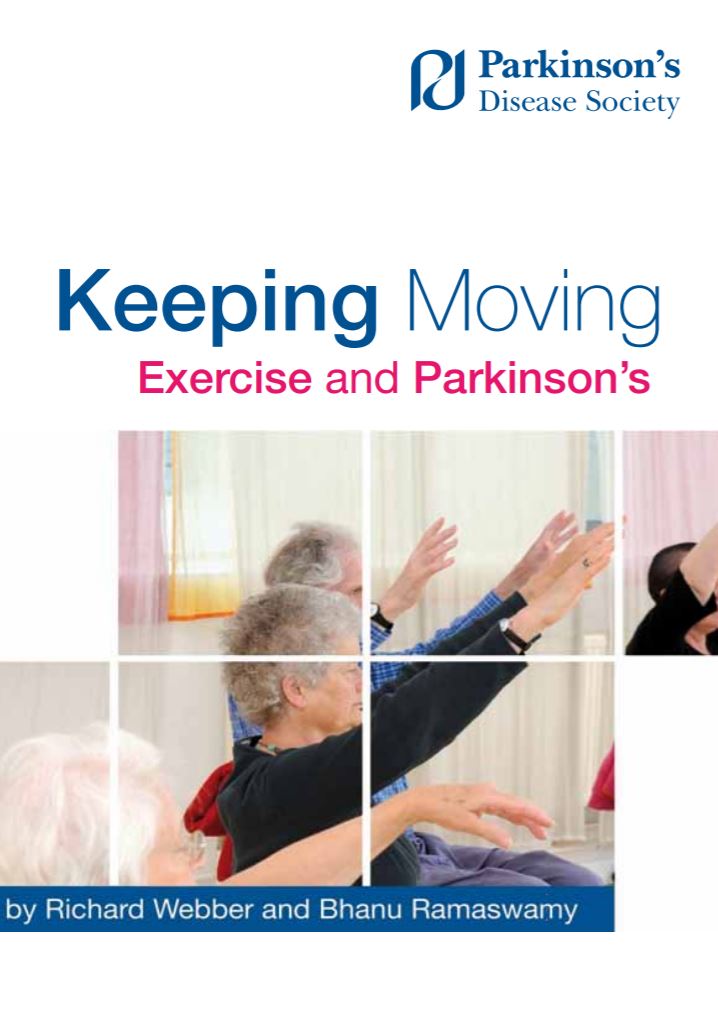
Image credit: Canva
When you are in the early stages of Parkinson’s disease you are likely to be just as fit as others in your age group. However, over time:
- your cardiovascular system can be affected, meaning you can do less activity.
- your muscles may become less strong, affecting your walking and ability to stand up from sitting.
These things can contribute to balance problems and function. Regular exercise can help to:
- improve muscle flexibility and range of motion
- improve balance, agility and coordination, balance, gait, speech and dexterity
- strengthen muscles
- improve energy levels and sleep
- reduce fatigue
- manage stress and depression
- improve attention, thinking, learning and memory
- reduce constipation.
Some animal studies also suggest physical exercise may possibly slow the progression of your symptoms as well. The Parkinson’s Outcomes Project shows that people with Parkinson’s disease who started exercising regularly early on, and for at least 2.5 hours a week, maintained their quality of life longer than those who started exercising later.









